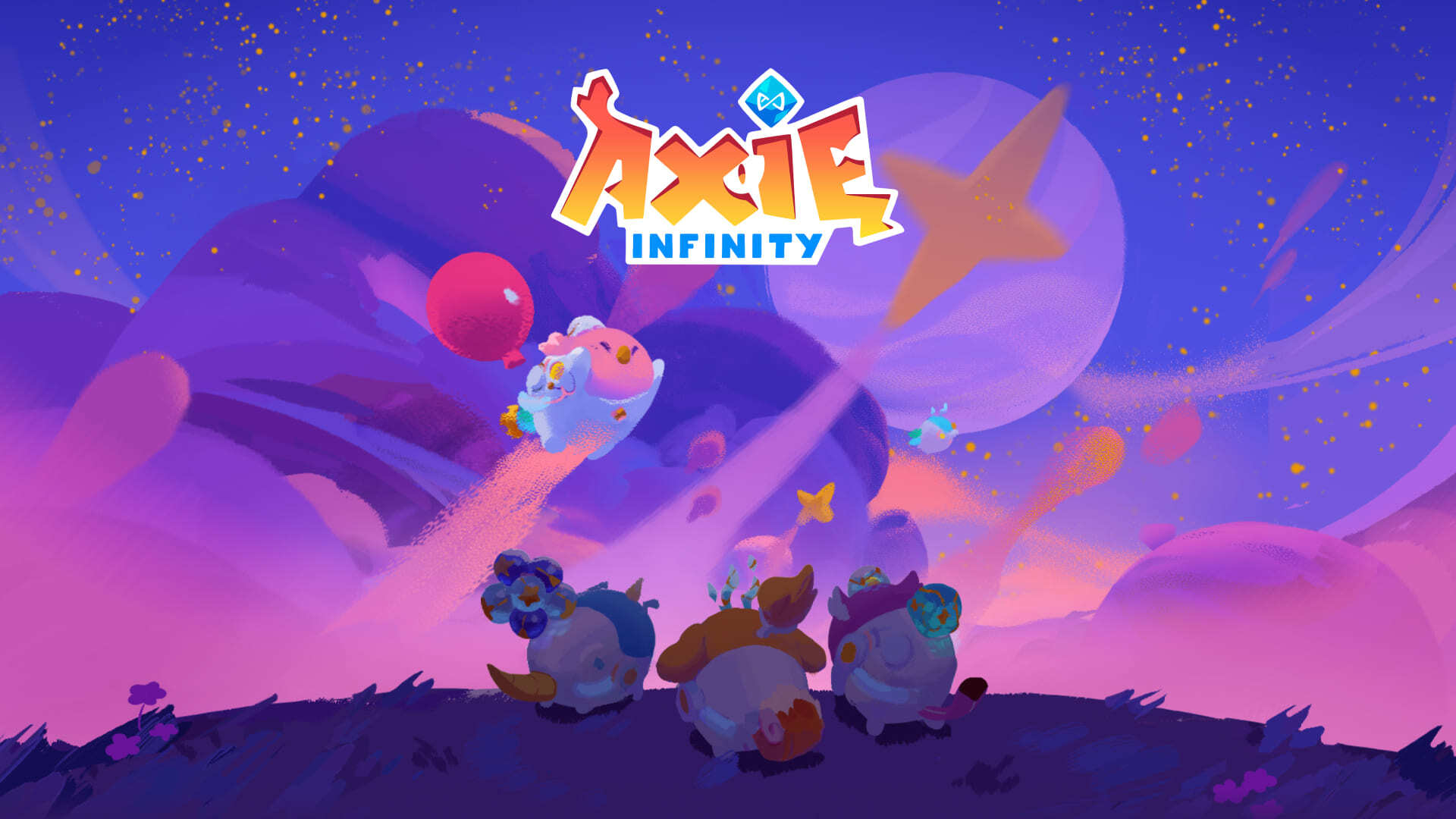V3 Research
The Resurgence of Web3 Gaming & Mass Adoption
Twitter
Yueya_eth 指出 Web3 版《冒险岛》因回归“好玩+赚钱”而爆火,表明链游热度回升且玩家不再担心被“割”。
Twitter
bi_xiao_chao 认为 Web3 游戏衰落源于过度依赖投机,playsomo 等新项目可能重燃热潮。
CSDN
文章回顾 2024 年 Web3 游戏从 P2E 转型、解决可持续性并推动大规模采用的趋势。
ChainCatcher
报告梳理 2020-2024 年投资起伏,指出“浴火重生”的未来机会与资金向头部项目集中趋势。

Key Insights
- As the early, speculation-driven P2E/GameFi bubble bursts, the industry is undergoing a 'reset'—projects must prioritise gameplay before integrating on-chain assets512.
- Investment and user figures are rebounding: In 2024-2025, blockchain games' daily active wallets are projected to approach 5 million, with the market size expected to grow at a CAGR of 18-20%192936.
- Three key drivers of mass adoption: infrastructure that masks blockchain complexity (e.g., Ronin, Immutable, B3, etc.)61022; the entry of traditional mobile/console IPs (MapleStory N, Yuga Labs, etc.)115; and an 'entertainment-first' content strategy that combines both casual and AAA experiences263236.
I. From Collapse to Revival: The Current Landscape
- 90% of early projects collapsed, but survivors like Open Loot and Big Time have proven the viability of a 'game-first' model5.
- Ronin has shed the Axie inflation baggage, with on-chain activity regaining momentum, marking it as a leading example of the 'second wave' of popular public chains6.
- Community discussions reveal a shift in player sentiment: whereas the term 'scam' was prevalent in 2022, current conversations on Reddit and Twitter focus on balancing 'gameplay and rewards'711.
II. Driving Factors: Technology and Content
-
Infrastructure
- Dedicated L2/L3 solutions (such as Ronin and B3) have slashed Gas fees to around $0.001, supporting millions of concurrent users622.
- Platforms like Immutable and Sui offer comprehensive SDKs and fiat on-boarding, lowering the barriers for Web2 developers910.
-
Content Paradigm
- Casual: Low-barrier mini-games like Telegram Eggdrop, Notcoin, and Tapswap have significantly boosted new wallet numbers2633.
- AAA: Titles such as Off The Grid and Rumble Kong League blend console-level quality with on-chain economics to attract core gamers33.
-
Economic Model
- A shift from high-inflation 'mint-and-sell' approaches towards NFT scarcity, skill-based and competitive rewards, and cross-game asset interoperability41824.
III. Market and Capital Trends
- In July 2024 alone, $60 million was raised, with funds primarily directed towards 'entertainment-first' and multi-game ecosystems36.
- The market size was approximately $26.3 billion in 2023, with forecasts predicting it will exceed $130 billion by 2032, growing at around 19% CAGR29.
- Investors are increasingly favouring projects backed by robust IP or established teams, leaving smaller studios vulnerable364.
IV. Challenges and Paths Forward
- Barriers to Entry: Complex wallets and high GAS fees are being countered by solutions like account abstraction, gasless NFTs, and integrated fiat payment systems59.
- Volatility Risks: Token price fluctuations and regulatory uncertainties are prompting a shift towards stablecoin settlements and an 'optional on-chain' approach1231.
- User Retention: To combat the attrition typical of P2E models, there is a focus on strengthening social guilds, fostering user-generated content, and enabling cross-game asset interoperability2234.
V. Looking Ahead to 2025-2026
- Daily active wallets could surpass 8 million, driven primarily by the mobile ecosystem and platforms like Telegram1933.
- Traditional publishers (such as EA, SEGA, etc.) and native Web3 studios are set for a clash as IP competition intensifies1915.
- Interoperability at the infrastructure level (such as Game Chains and cross-chain NFTs) might emerge as the next explosive driver of valuation2229.
Conclusion
The resurgence of Web3 gaming is underway, but true mass adoption will depend on whether a seamless on-chain experience paired with high-quality content can continually attract and retain non-crypto-native players.
(Visit Discover for more)
72 days ago